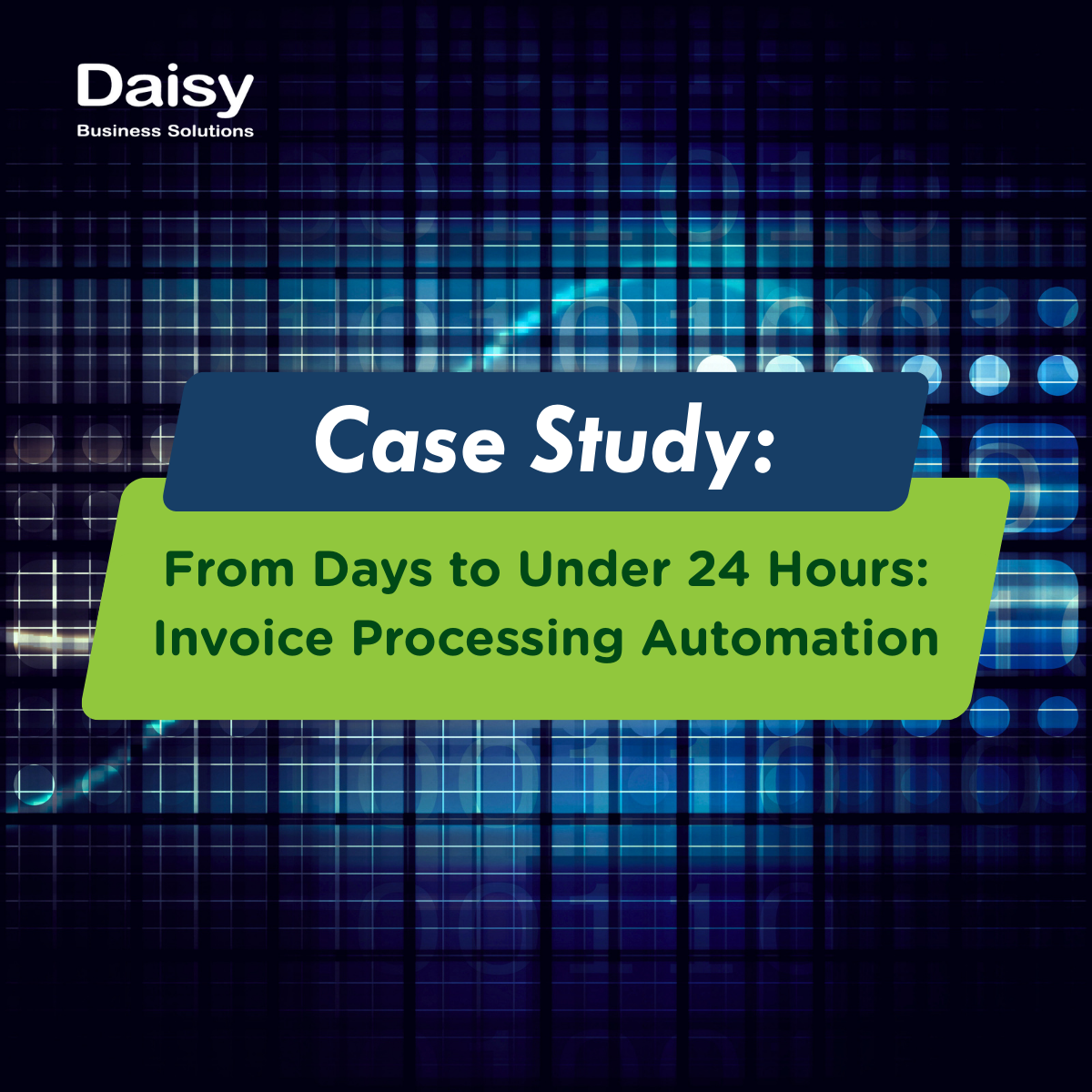Hybrid Cloud vs. Multi‑Cloud: Which Strategy Fits Your South African SME?
2025-08-29 19:32:03

TL;DR
This article compares hybrid cloud vs multi‑cloud strategies for South African SMEs.
Hybrid cloud blends on‑premises infrastructure with one cloud provider, while multi‑cloud uses services from several cloud vendors.
We outline the key benefits and drawbacks so your business can choose the right architecture.
The Rise of Cloud Flexibility
SMEs are generating more data than ever; studies indicate that most of the world’s data has been created in the past few years. To manage this growth, many organisations move workloads to the cloud.
But not all cloud strategies are equal. Two popular approaches are hybrid cloud, a mix of on‑premises infrastructure and one public cloud, and multi‑cloud, which combines services from multiple public clouds.
What Is a Hybrid Cloud?
A hybrid cloud architecture combines your own servers or private cloud with a single public cloud provider.
For instance, an SME might keep sensitive customer data on premises for compliance reasons while using Amazon Web Services or Microsoft Azure for less sensitive workloads.
This approach offers flexibility. You can burst to the public cloud during peak demand, then scale back to on‑premises infrastructure when demand drops—and better control over data.
The trade‑off is that you must invest in networking and integration and manage two environments with different tools.
What Is Multi‑Cloud?
Multi‑cloud means using two or more public clouds from different providers such as AWS, Azure or Google Cloud. Instead of keeping part of your infrastructure on premises, you distribute workloads across providers.
This strategy provides resilience: If one cloud fails, you can fail over to another.
The downside is complexity: you need expertise in multiple platforms and must manage data consistency and security across them.
Comparing the Pros and Cons
Hybrid cloud extends your local network to a single cloud provider, making performance management simpler and compliance easier because sensitive data stays on premises.
Multi‑cloud offers greater scalability and redundancy but depends on reliable connectivity; poorly designed networks can experience latency. Keeping services online during blackouts can be expensive. Major retailers spend tens of millions of rand on diesel during Stage 6 load shedding, so resilience matters regardless of architecture.
Hybrid cloud requires capital expenditure for on‑premises hardware and the skills to manage two environments, whereas multi‑cloud shifts costs to operational expenditure and demands expertise across multiple platforms.
Encryption, access controls and a trusted managed services partner are essential whichever model you choose.
Decision Criteria for SMEs
When choosing, consider where your sensitive data should reside, whether you favour capital or operational expenditure, how much vendor flexibility you need and whether your team has the skills to manage multiple platforms.
Hybrid suits firms wanting control and simpler compliance, while multi‑cloud fits those seeking flexibility and vendor diversification.
Implementing Your Cloud Strategy
Start by cataloguing applications and data to determine which workloads belong on premises and which can move to the cloud.
Work with experts like Daisy to design a secure architecture and manage compliance.
Migrate in phases: begin with non‑critical workloads, monitor performance and costs and use automation to reduce errors.
Real World Example:
A Cape Town tech firm uses hybrid cloud keeping its financial database on premises while migrating customer support apps to the cloud.
During load shedding the on‑premises system runs on generator backup, while the cloud environment scales during traffic peaks.
Another SME adopts multi‑cloud for analytics and storage, spreading risk but requiring staff training on multiple platforms.
Conclusion
Choosing between hybrid cloud and multi‑cloud isn’t one‑size‑fits‑all.
Hybrid cloud offers control and simpler compliance; multi‑cloud delivers flexibility and resilience.
Assess your data sensitivity, budget and skills, then test a phased rollout. Daisy’s experts can help design, migrate and manage whichever architecture you choose.
Ready to modernise your infrastructure?
Contact Daisy to discuss a customised cloud strategy today.
FAQs
What is the key difference between hybrid cloud and multi‑cloud?
Hybrid cloud combines on‑premises infrastructure with a single public cloud provider, while multi‑cloud uses services from two or more public cloud providers.
Is multi‑cloud more secure than hybrid cloud?
Security depends on your architecture. Hybrid cloud lets you keep sensitive data on premises, simplifying compliance. Multi‑cloud requires consistent security policies across providers but offers redundancy.
Can I switch from hybrid cloud to multi‑cloud later?
Yes. Many SMEs start with a hybrid cloud to gain experience and later adopt multi‑cloud to access specialised services or improve resilience

